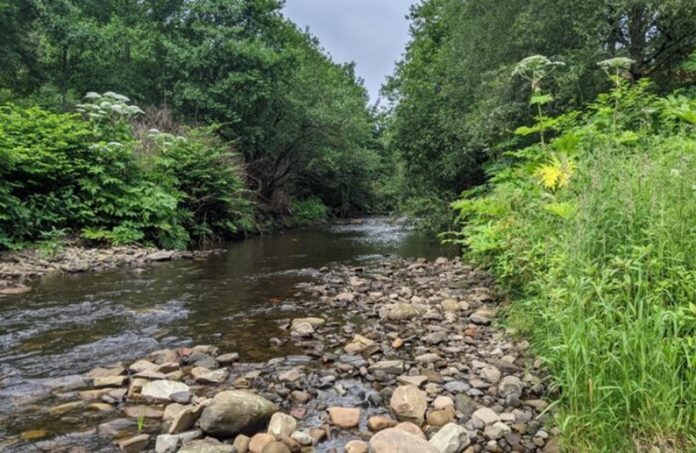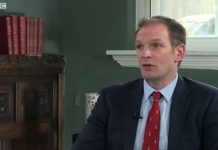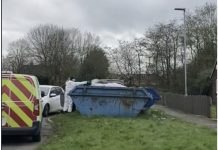Echoing national trends, key species of birds and mammals in Greater Manchester and the North West of England are declining according to the latest State of Nature report for Greater Manchester.
Individual bird species population show declines of up to 40% over the last 40 years and the abundance of once common mammals has dropped by between 20-40% since 1995.
Our protected sites provide valuable refuges for nature but cover just 11% of Greater Manchester and are highly fragmented rather than forming a connected network for nature. Although recovering at present they are not in as good as condition as they could be.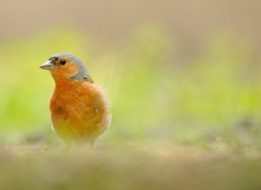
80% of our water bodies have been heavily modified by human activities. Currently none of our rivers are in good ecological condition and we are far from meeting national targets for 75% of our waterbodies to reach this status.
Our tree canopy covers 16% of Greater Manchester and significant efforts are being made to increase the number of trees being planted across the city-region. However, our existing woodlands could be much better managed for nature.
The report found that most residents surveyed considered it important or very important to live close to green space.
However, an estimated third of Greater Manchester’s population do not live within 15 minutes travel of a decent sized green space.
Over the last 50 years we have seen a drastic loss in global wildlife populations, with
a reported decrease of 69% in their abundance. Nationally, 1 in 6 UK species are now
threatened with extinction and over the past 500 years, an estimated 200 species have
likely been lost.. For mammals the threat is higher with 1 in 4 land mammals in the UK
facing extinction
Meanwhile UK populations of species of greatest concern have declined by
37% since the 1970s and wider populations have fallen by on average by 20% and while there is not a comparable assessment for Greater Manchester local data
show a similar decline
Across Greater Manchester there are also reasons to be optimistic that nature can
recover and stories of species returning:
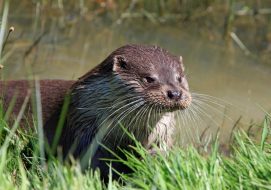
Between the 1950s and the 1970s the Otter population in the UK dwindled to near
extinction. In recent years there have been increasingly regular sightings of Otters
across Greater Manchester. Otters have now been sighted in over half of Greater
Manchester’s catchment giving a strong indication that they are now resident and
increasing their distribution.
Our post-industrial legacy of poor water quality meant that the River Mersey and its
tributaries were devoid of fish populations by the early 1970s. Surveys completed
in 2018 found that fish and Mayflies have now returned to all areas of the river6
The Large Heath Butterfly, locally named as the Manchester Argus Butterfly, died
out in Greater Manchester due to habitat loss and destruction. However successful
reintroductions by the Great Manchester Wetlands Species Reintroduction project
have introduced a new self-sustaining population on Astley Moss7
.
An iconic heathland and moorland species, Nightjars were lost as a breeding bird in
Greater Manchester when its habitats on Chat Moss were destroyed. Following three
years of peatland restoration efforts, Nightjars and other bird species are now
beginning to return to Chat Moss8
.
Following successive reintroductions of specialised bog plants in recent years, tens
of thousands now thrive on Greater Manchester’s lowland peatlands, thanks to work
of Lancashire Wildlife Trust and the North West Rare Plants Initiative. Sundew one
of the UK’s few native carnivorous plants can now be found on the mosslands, along
with Lesser Bladderwort, Bog Asphodel and White Beak Sedge.

